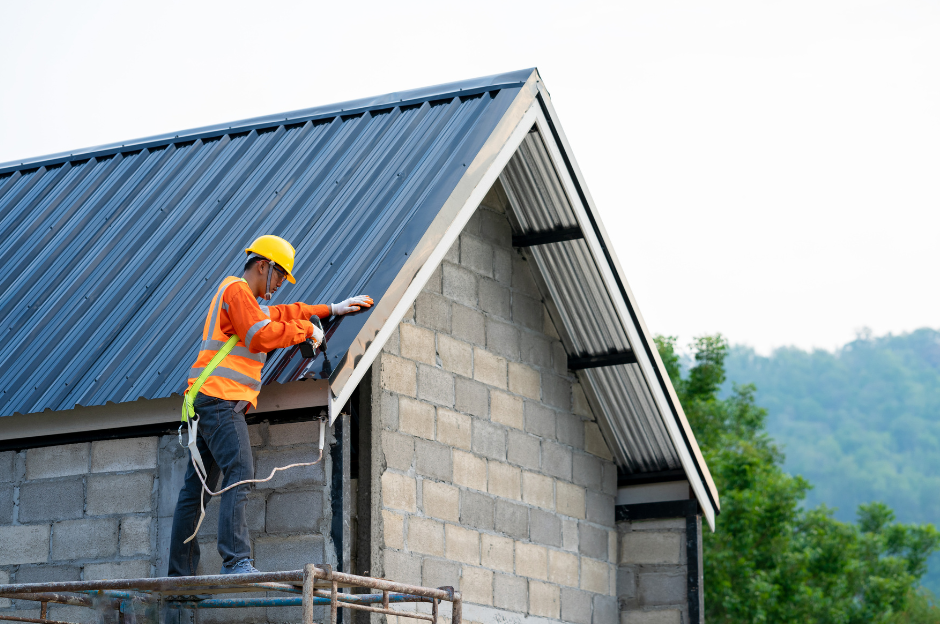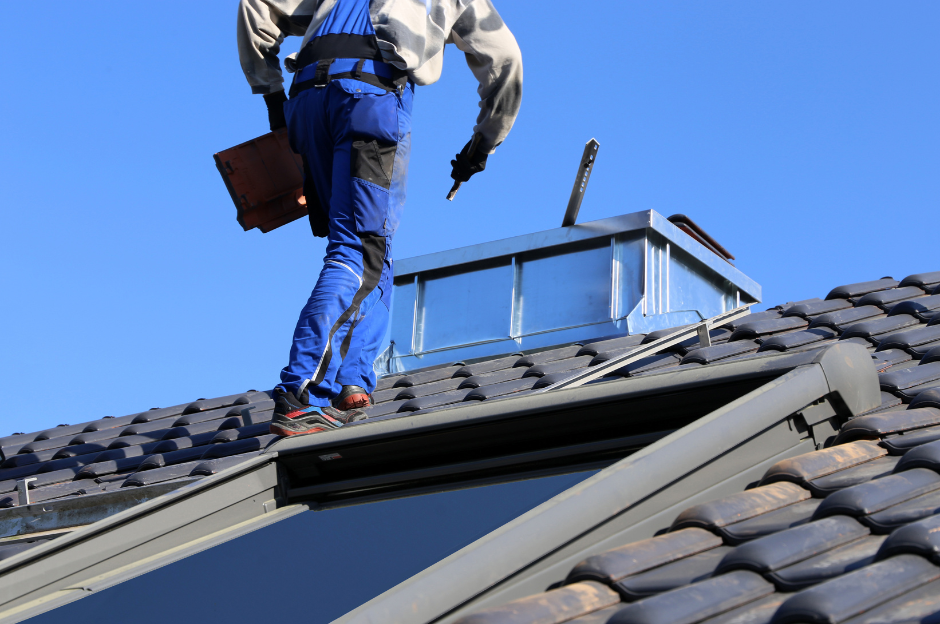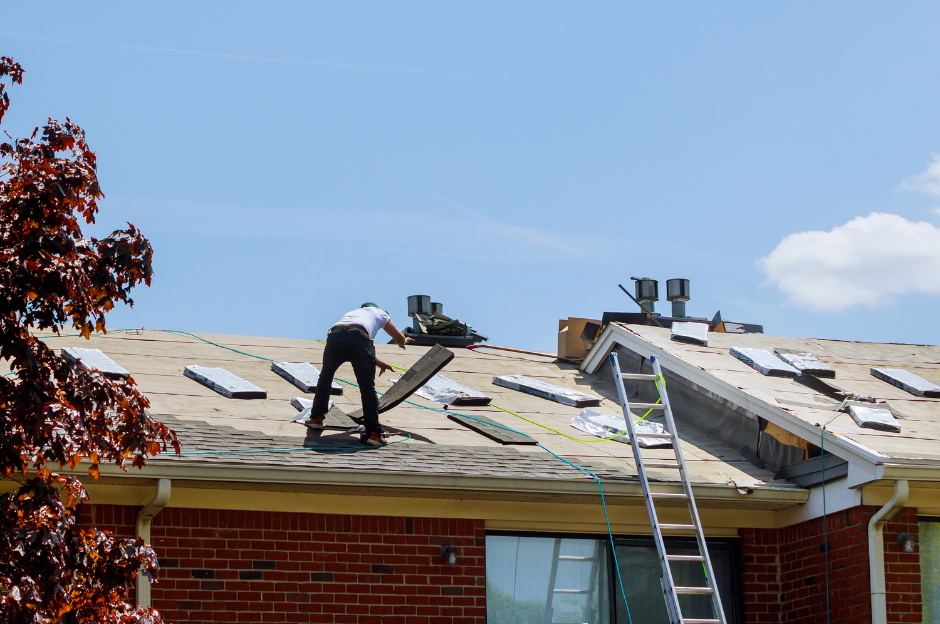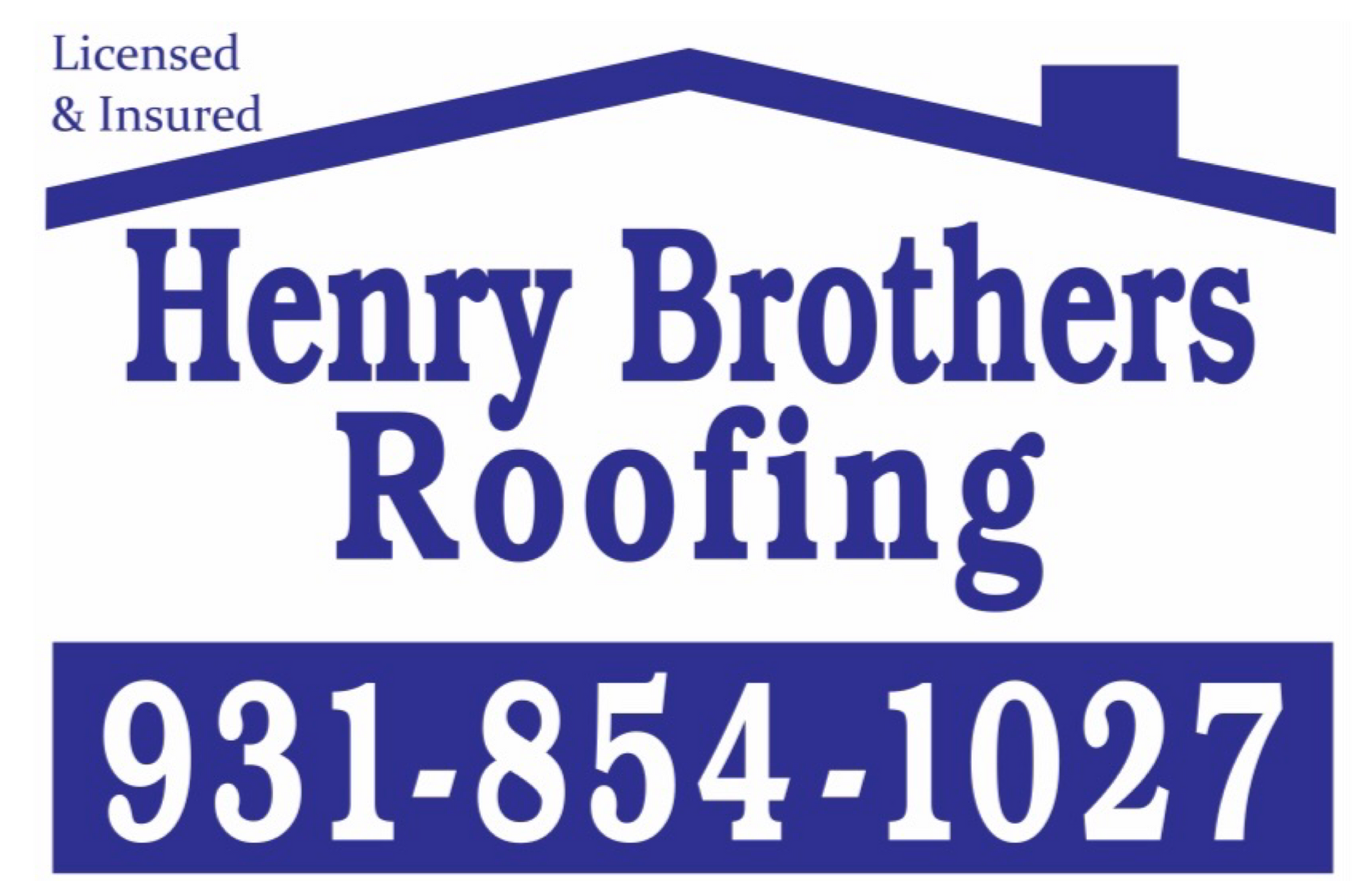Guardians of Shelter: The Importance of Regular Roof Maintenance - A Comprehensive Guide for Homeowners
Kristine Joy Banal • January 13, 2024

A home's roof stands as the primary shield against the elements, safeguarding everything beneath it. Yet, this stalwart guardian is not invincible. Over time, exposure to sun, rain, wind, and other environmental factors can take a toll, potentially compromising its integrity. Regular roof maintenance is the key to ensuring that this vital component of your home remains strong, resilient, and capable of protecting your family and belongings. In this comprehensive guide, we'll delve into the importance of regular roof maintenance, explore the potential risks of neglect, and provide practical tips for homeowners to preserve the longevity and functionality of their roofs.
The Importance of Regular Roof Maintenance:
Preventing Costly Repairs:
Regular maintenance acts as a preventive measure against major roofing issues. Identifying and addressing minor problems early can prevent them from escalating into costly repairs or even a complete roof replacement.
Extending Roof Lifespan:
A well-maintained roof has a longer lifespan. Routine inspections, cleaning, and repairs can help extend the longevity of your roof, providing reliable protection for your home over the years.
Potential Risks of Neglected Roof Maintenance:
Leakages and Water Damage:
Neglecting roof maintenance can lead to leaks, especially during heavy rains. Water damage can compromise the structural integrity of your home, leading to issues like rot, mold growth, and damage to ceilings and walls.
Structural Damage:
Over time, small issues such as missing shingles or damaged flashing can lead to more significant structural damage if left unattended. This can result in compromised support for your roof and even impact the overall stability of your home.
Tips for Homeowners:
Regular Inspections:
Schedule regular roof inspections, ideally twice a year, to assess the overall condition. Look for signs of damage, such as missing or damaged shingles, rusted flashing, or sagging areas.
Gutter Maintenance:
Clean and inspect gutters regularly to ensure proper water drainage. Clogged gutters can lead to water pooling on the roof, causing damage to shingles, fascia, and even the foundation.
Trim Overhanging Branches:
Overhanging branches can rub against the roof, causing damage to shingles and providing a pathway for pests. Trim branches to prevent such issues and minimize the risk of falling debris during storms.
Check for Pest Infestations:
Inspect your roof for signs of pest infestations, such as termites or rodents. Addressing pest issues promptly can prevent further damage to the roofing structure.
Seal Roof Penetrations:
Ensure that any roof penetrations, such as vents and chimneys, are properly sealed. Damaged seals can allow water infiltration, leading to leaks and potential structural damage.
Address Shingle Issues:
Replace missing or damaged shingles promptly. Damaged shingles compromise the roof's ability to protect your home from the elements and can lead to water leaks.
Inspect Flashing:
Check the flashing around chimneys, vents, and skylights. Damaged or loose flashing can allow water to seep through, causing leaks and water damage.
Invest in Professional Inspections:
While homeowners can perform visual inspections, hiring a professional roofing contractor for periodic inspections is essential. Professionals can identify issues that may not be immediately visible and provide expert recommendations.
Seasonal Roof Maintenance:
Spring Cleaning:
After winter, clear debris, leaves, and branches from the roof and gutters. Inspect for any damage caused by snow or ice.
Summer Inspection:
Check for signs of wear and tear, especially on asphalt shingles that may have been affected by the sun's UV rays. Look for loose or damaged shingles and address them promptly.
Fall Preparation:
Clean gutters before the fall season to prevent clogs from leaves and debris. Trim overhanging branches to minimize the risk of falling leaves and other debris.
Winter Readiness:
Ensure your roof is ready for winter by addressing any issues identified during fall maintenance. Inspect the roof for potential ice dams, which can lead to water seepage and damage.
The Role of Professional Roofers:
Expert Assessments:
Professional roofers bring expertise to the table. Regular assessments by roofing professionals can identify issues that may go unnoticed during homeowner inspections.
Timely Repairs:
Roofing contractors can promptly address issues found during inspections. Timely repairs prevent small problems from escalating into more significant, costlier repairs.
Investing in Roofing Materials and Coatings:
Reflective Roof Coatings:
Reflective coatings can be applied to roofs to reduce heat absorption and energy consumption. This is especially beneficial for homes in warmer climates.
Durable Roofing Materials:
When replacing or installing a new roof, consider durable and long-lasting materials such as metal roofing or impact-resistant shingles. Investing in quality materials can reduce the frequency of repairs and replacements.
Educating Homeowners on DIY Maintenance:
Safety Precautions:
Provide homeowners with safety guidelines for DIY roof maintenance. Emphasize the importance of using proper safety equipment, including harnesses and sturdy ladders.
Educational Resources:
Create resources, such as step-by-step guides or video tutorials, to educate homeowners on simple roof maintenance tasks they can perform themselves.
Conclusion:
Regular roof maintenance is not just a chore; it's a proactive measure to protect one of your home's most critical components. By adopting a routine of inspections, cleaning, and addressing issues promptly, homeowners can safeguard their roofs against the elements and ensure the longevity of their shelters. Whether it's the prevention of leaks, the extension of the roof's lifespan, or the avoidance of costly repairs, regular roof maintenance is an investment that pays dividends in the form of a secure and resilient home. As stewards of our homes, let's embrace the role of guardians, nurturing the roofs that provide us shelter and security.
Henry Brothers Blog

Multi-family buildings pose unique challenges for roofing—requiring durable, efficient, and cost-effective solutions that serve multiple households simultaneously. Selecting the right system and partner can significantly impact long-term maintenance and energy bills. Common Roofing Challenges in Multi-Family Properties Large surface areas Multiple penetrations (vents, HVAC units) Noise and disruption during installation High foot traffic for maintenance Energy efficiency Efficient Roofing Materials TPO (Thermoplastic Polyolefin): Lightweight, reflective, and energy-efficient. Ideal for flat or low-slope roofs. Modified Bitumen: Offers durability and weather resistance. Works well for larger structures. Metal Roofing: Long-lasting and low-maintenance. Higher upfront costs but excellent ROI. Asphalt Shingles: Budget-friendly and easy to repair. Better for pitched multi-family homes. Affordability Strategies Bulk Purchasing Discounts: Roofers often offer lower rates for large-scale projects. Energy Rebates and Tax Credits: Cool roofing materials may qualify for incentives. Roof Coatings: Extend lifespan and defer full replacements. Preventive Maintenance Plans: Regular inspections reduce major repair costs. Partnering with the Right Contractor Choose a roofing contractor experienced in multi-family dwellings. Look for: References from similar projects Warranty offerings Insurance and licensing Clear timelines and communication protocols

Your roof is one of the most defining features of your home’s architecture. A well-designed roof complements the style, era, and character of your house, enhancing both curb appeal and value. Whether you own a modern home, a Victorian masterpiece, or a Mediterranean villa, choosing the right roofing materials and design is essential. This article explores custom roofing solutions for different architectural styles, ensuring your roof is both aesthetic and functional. 1. Why Custom Roofing Matters A one-size-fits-all approach doesn’t work for roofing. Here's why customization is key: 🏡 Preserves Architectural Integrity The roof should match the home's era and design. A poorly chosen roof can clash with the architecture and reduce property value. 💰 Boosts Home Value & Curb Appeal A well-matched roof enhances visual appeal, making your home stand out. Homebuyers prefer houses with roofs that fit the overall design. 🌦 Enhances Durability & Efficiency Custom roofing accounts for climate, slope, and insulation. Choosing the right materials ensures longer roof life and energy efficiency. 2. Best Roofing Materials for Different Architectural Styles 🏗 Modern & Contemporary Homes Modern architecture focuses on clean lines, minimalism, and energy efficiency. Best Roofing Options: ✅ Flat Roofs – Achieve a sleek, contemporary look. ✅ Metal Roofing – Durable and complements modern aesthetics. ✅ Green Roofs – Eco-friendly and visually striking. ✅ Solar Panels – Integrate renewable energy solutions. 🏰 Victorian & Gothic Revival Homes These homes have steep-pitched roofs, turrets, and elaborate detailing. Best Roofing Options: ✅ Slate Tiles – Classic, long-lasting, and historically accurate. ✅ Wood Shingles – Adds charm and natural beauty. ✅ Decorative Metal Accents – Enhances ornate Victorian designs. 🏝 Mediterranean & Spanish-Style Homes Inspired by European coastal homes, these feature stucco walls and curved archways. Best Roofing Options: ✅ Clay or Terracotta Tiles – Traditional, weather-resistant, and elegant. ✅ Concrete Tiles – Durable and available in various textures and colors. ✅ Synthetic Spanish Tiles – Modern, lightweight alternatives with classic appeal. 🌲 Rustic & Cabin-Style Homes These homes emphasize natural materials and a cozy aesthetic. Best Roofing Options: ✅ Wood Shakes – Blends seamlessly with wooded surroundings. ✅ Metal Roofing (Rustic Finish) – Durable with a weathered, natural look. ✅ Green Roofs – Enhances sustainability and insulation. 🏡 Colonial & Traditional Homes These timeless homes focus on symmetry and classic proportions. Best Roofing Options: ✅ Asphalt Shingles – Affordable and available in classic shades. ✅ Slate Roofing – Elegant and historically accurate. ✅ Copper or Metal Accents – Enhances historic charm. 🏛 Mid-Century Modern Homes This style features low-sloped roofs, large windows, and open spaces. Best Roofing Options: ✅ Flat or Low-Slope Roofs – Clean, minimalistic aesthetic. ✅ Rubber or Membrane Roofing – Ideal for low-pitch roofs. ✅ Green or Living Roofs – Complements eco-conscious designs. 🏰 Tudor-Style Homes Tudor homes have steeply pitched gables and decorative half-timbering. Best Roofing Options: ✅ Wood or Synthetic Shake Shingles – Traditional and authentic. ✅ Slate Roofing – Enhances historic charm and durability. ✅ Architectural Asphalt Shingles – Mimics wood or slate at a lower cost. 3. Custom Roofing Features to Consider Beyond materials, adding customized elements can elevate your roof’s design. 🔹 Roof Color & Texture Dark roofs enhance historic and formal homes. Light-colored roofs reflect heat, ideal for warm climates. Textured materials (slate, shakes) add visual depth. 🏠 Roof Shape & Pitch Steep roofs fit Gothic and Victorian styles. Flat or low-sloped roofs match modern homes. Custom pitches enhance energy efficiency and durability. 🔆 Skylights & Roof Windows Adds natural light and enhances ventilation. Works well in modern, contemporary, and rustic homes. 🌞 Solar Roofing & Smart Technology Solar shingles blend seamlessly into modern & eco-friendly homes. Smart roofing systems adjust ventilation & insulation automatically. 4. Custom Roofing: How to Get Started 1️⃣ Consult a Roofing Expert Work with an architect or contractor specializing in custom roofs. Ensure they understand historical accuracy and climate considerations. 2️⃣ Choose High-Quality Materials Invest in durability, energy efficiency, and aesthetics. Select roofing that aligns with your home’s style and longevity needs. 3️⃣ Consider Long-Term Costs & ROI Some materials have higher upfront costs but last longer and increase home value. Energy-efficient options can reduce heating and cooling expenses. 4️⃣ Verify Local Building Codes Some roofing styles require special permits. Ensure compliance with HOA guidelines and historical district regulations.


